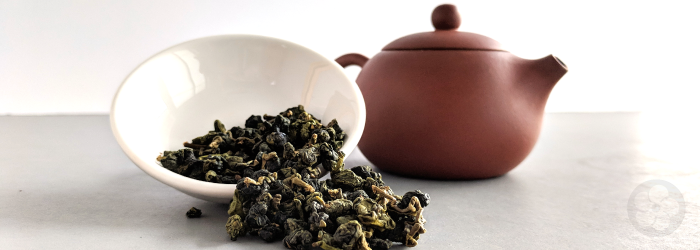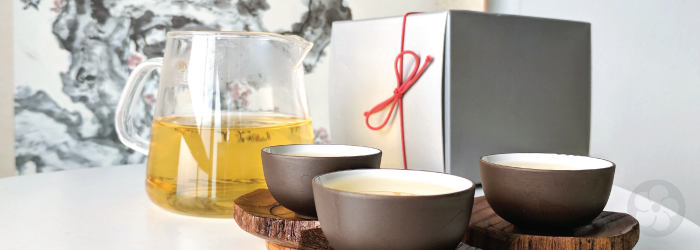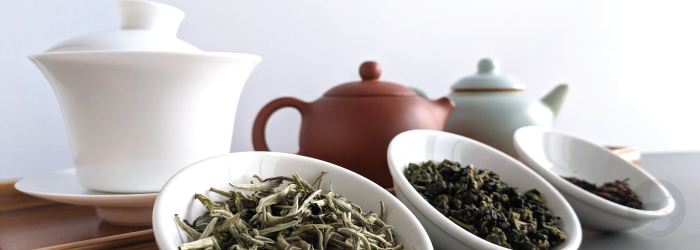Since the early days of exported teas, fruit flavors imparted by blending or scenting have been a popular way to make low quality tea more palatable. Today, when we think of fruity teas, the flavor that comes to mind is intensely aromatic, often cloying, and framed against a backdrop of astringency and bitterness. Though chunks of dried fruit can give the impression of natural flavor, the taste of the brew disappears quickly, and somehow the aroma doesn’t quite seem to translate on the tongue.
On the other hand, teas that have a naturally fruity flavor profile will rarely smell overwhelming, or have the fragrance of a specific fruit, especially in dry form. Instead, the term “fruity” describes a nuanced aspect of the pure tea flavor. Traditional tea crafting can produce a range of flavors in the fruity flavor spectrum, from the rich sweetness of apricots to the crisp bite of citrus and the juicy texture of mango. Today, we’ll break down a few of the most popular flavor notes used to describe natural fruity nuances, and cover the traditional tea types that typically contain them.
Continue reading











